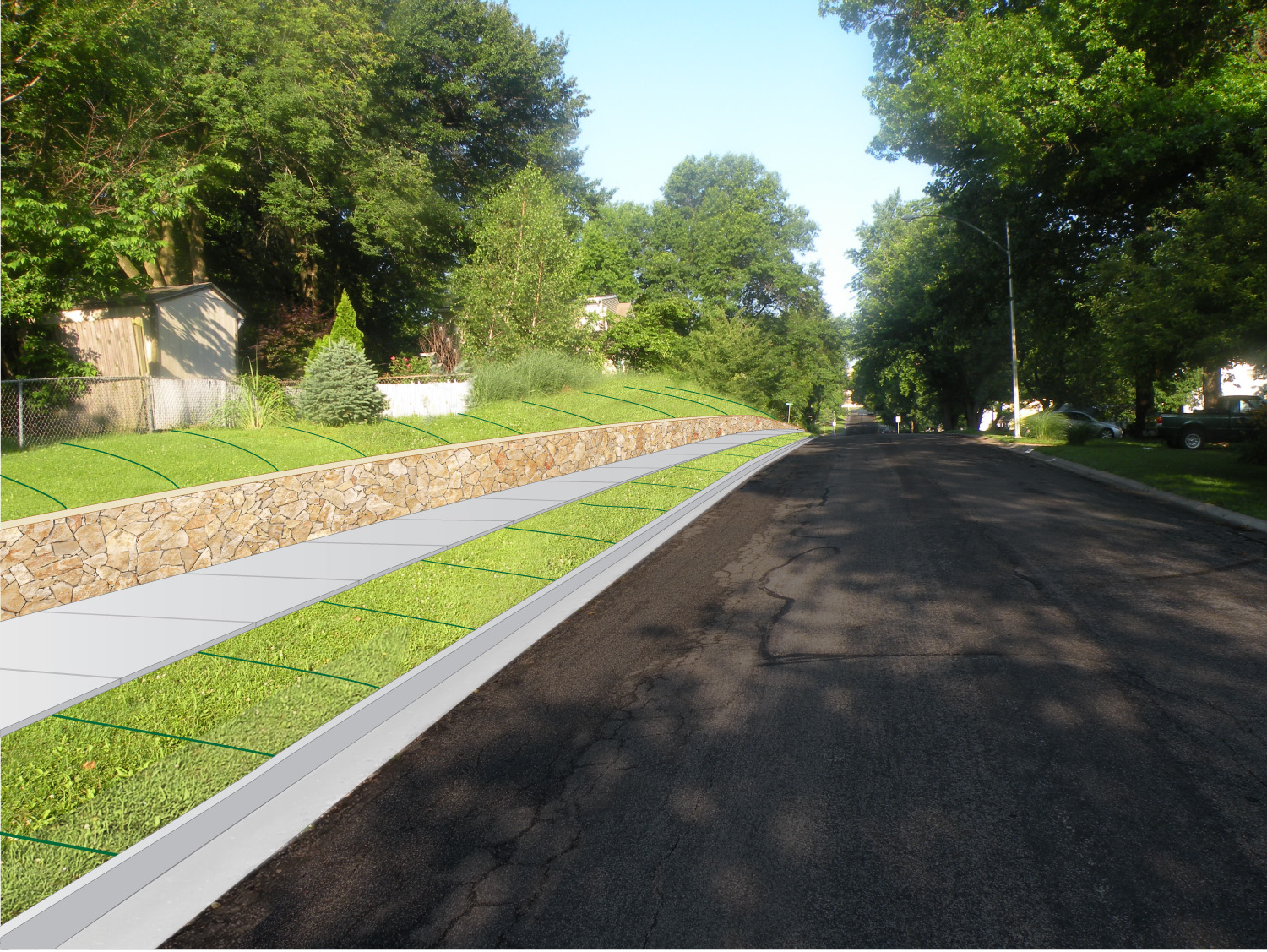Public Engagement Strategies for Small Neighborhoods
Posted on Wednesday, May 25th, 2016 by Affinis CorpIn Project Strategies, tagged in Tags: neighborhood streets, public engagement

For our public engagement series, we interviewed Affinis co-workers on strategies, best practices and lessons learned. In our second installment, we’re sharing thoughts from Kristen Leathers, PE, Assoc. DBIA. Here, she offers insight into her extensive work with small neighborhoods.
How often do you work on neighborhood projects?
Nearly all of my projects are in residential neighborhoods.
Which strategies do you use for getting the information out to stakeholders?
A series of public meetings is a great way to have face-to-face time with residents/property owners. Recently, we have been using different meeting formats, like open houses, formal presentations, and on-site/front yard meetings. A variety of materials also can be helpful. Direct mail pieces, PowerPoint, frequently asked question handouts, and social media postings are all things we use depending on the audience and scale of the project.
When engaging each of these communities, do you find they have similar concerns, or do they vary?
The majority of concerns are very similar. However, we always ask and listen to make sure we fully understand each concern. We never presume to “know everything,” because there are usually one or two unique things about each project.
Is there something you wish you’d known when you first started working with neighborhoods? What have you learned?
Getting the right information to stakeholders and treating them like partners in the project can determine the success of any project. Be honest when you are telling a resident about the impacts to their property, such as tree removal or inconvenience during construction. Then, tell them about the benefits of the proposed improvements, like the ditch in front of their house will be replaced with curb and gutter; they will get a new concrete driveway apron; there will be sidewalk for pedestrians; etc. In most cases, they can see the greater good of the project.
What do you think works best?
A proactive, transparent communication plan is the best approach to making everyone’s – residents, elected officials, and city staff – lives easier.